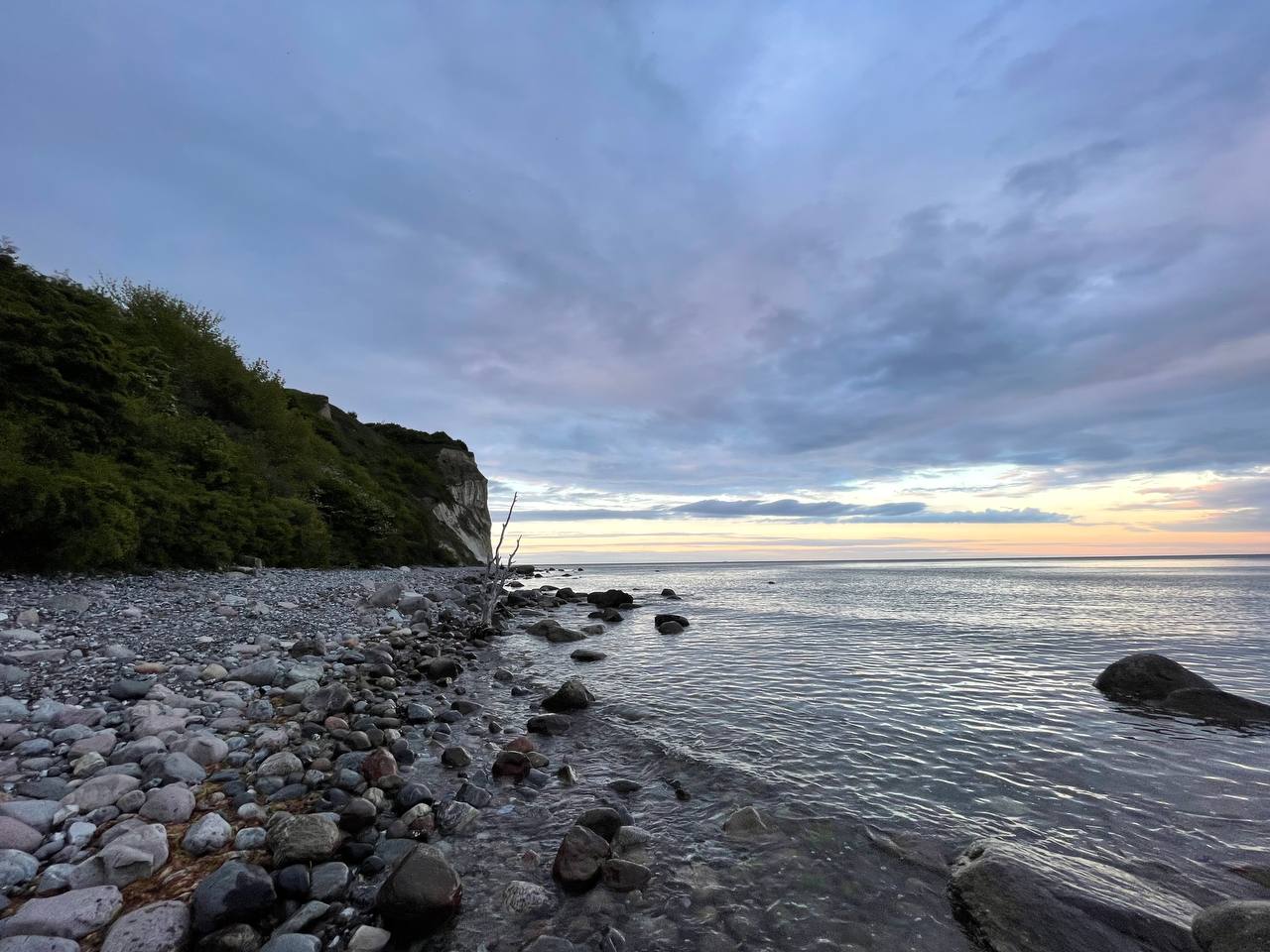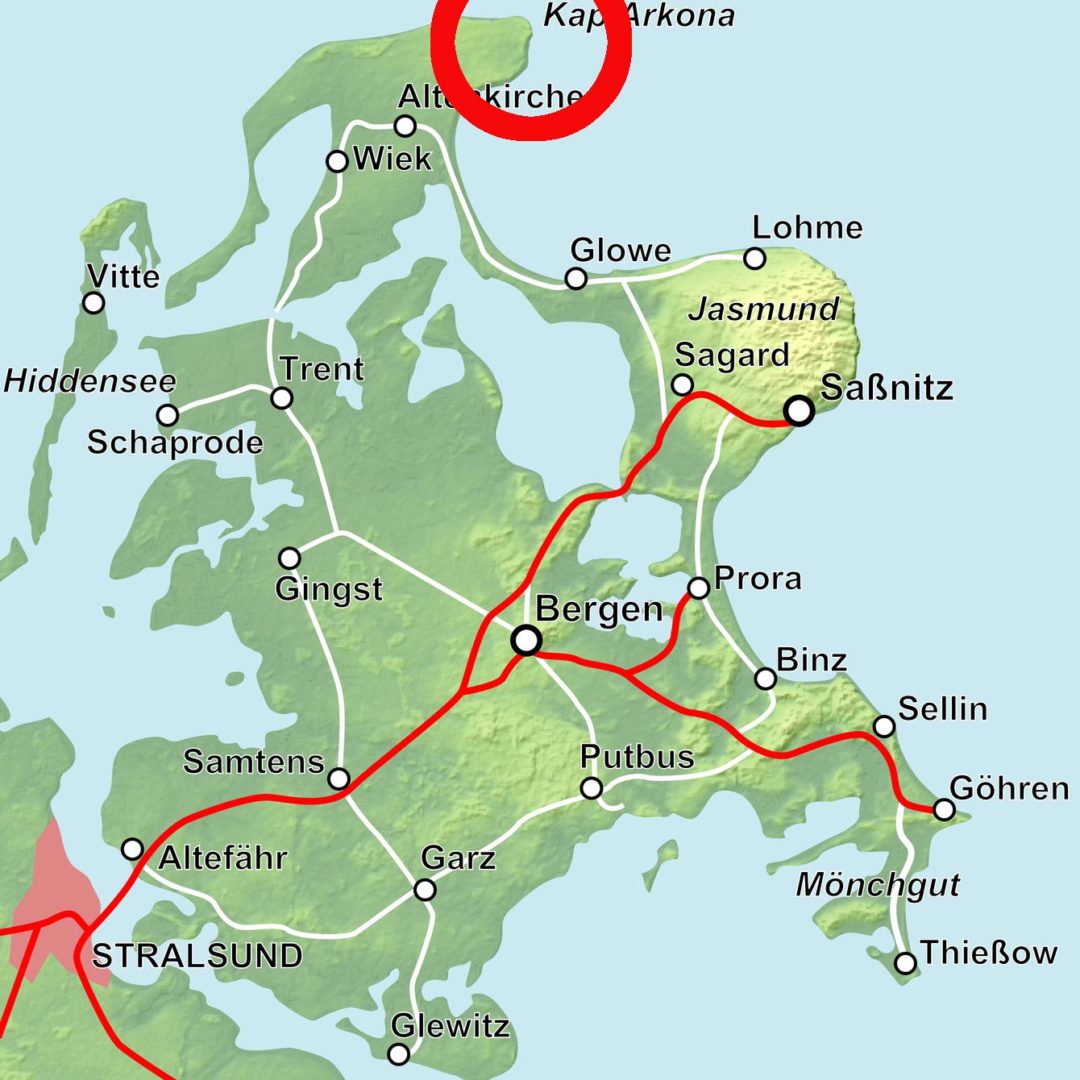
Rügen and Rani
The island of Rügen is situated on the northeastern coast of modern-day Germany and it is the largest island of the country. It is a popular holiday destination for Germans and it is statistically the sunniest region of the country. The name 'Rügen' derives from an East Germanic tribe who in Roman sources were called the Rugii. This tribe eventually settled in Pannonia in Central Europe, founding a short-lived empire during the Migration Age. Slavic tribes (called in German during the Middle Age as 'Wends') began to settle on the island from the seventh century onwards, being called Rujani, later Rani after the island which they came to inhabit.
The Rani were one of the most powerful tribes of the Baltic Sea and the most powerful Slavic tribe between the Elbe and Lower Vistula rivers from the ninth to the thirteenth century CE. Their capital was Charenza, near modern-day Venz between Gingst and Trent. This was not only their administrative centre, but also a religious site with the temples of their gods Rugievit, Porevit and Porenut. Their most sacred site was, however, at Arkona where the temple of the god Svantovit was located. Arkona was located on Wittow, which nowadays is the northenmost peninsula of Rügen, but until the High Middle Ages was an island of its own. This site was a pilgrimage destination not only for the Rani themselves, but for all the Wends of the region, especially after Rethra, the main spiritual centre of the Redarians on the adjacent mainland was destroyed by German raiders in 1068.
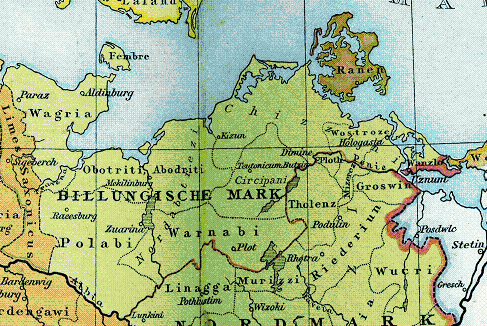
The destruction of Rethra was a continuation of the war between the Frankish kings of the Holy Roman Empire and the Wends, who first organised a successful uprising against the empire in 983 CE, destroying German colonies and reversing Christian missionary work in the region, all in all delaying the Germanisation of the region for some centuries. As mentioned above, the destruction of Rethra ended the strong Pagan presence on the mainland, after which the religious centre of the Wend moved to Arkona. The Pomeranians and some Luticii along the coast were baptised in the 1120's, followed by the Wendish Crusade organised by the Germans in 1147.
Besides the Germans, also the Danes were actively waging war against the Wends. The rivalry between the two nations had existed for centuries in the form of naval raids on each other's territories. However, this relationship was ambiguous and at times peaceful, as evidenced by the neighbourhood of Vindeboder in Roskilde, the medieval capital of Denmark, which means 'Wends' booths', showing also trade between the nations.
Yet, after the Christian king Valdemar I secured the Danish throne for himself in 1157, followed by the election of Absalon as bishop of Roskilde in 1158, the Danes started a prolonged campaign to conquer the Wends. Their campaign led to the capture of Arkona in 1168 when the temple and statue of Svantovit were burned, also ending the development of the Rani into a state similar to the Pagan Lithuanians. Following this, Tetzlav, King of the Rani submitted to the Danish crown as its vassal, becoming the first Prince of Rügen.
Svantovit
The name of the chief god of the Rani means 'Holy Lord'. The reconstructed Old Polabian form of the name is *Svątevit. The first part of the name, *Svąte, is cognate with Lithuanian šventas, Old Prussian swints, Avestan spəṇta and Sanskrit śvānta, all meaning 'holy, sacred'. The second part has been translated as 'lord, ruler, hero', although its etymology is still debated. In English, besides 'Svantovit', the name has been transcribed also as 'Sventovit' or 'Svetovit'. We at Via Electri use the form Svantovit to reflect the Old Polabian form that was the dialect of the Rani.
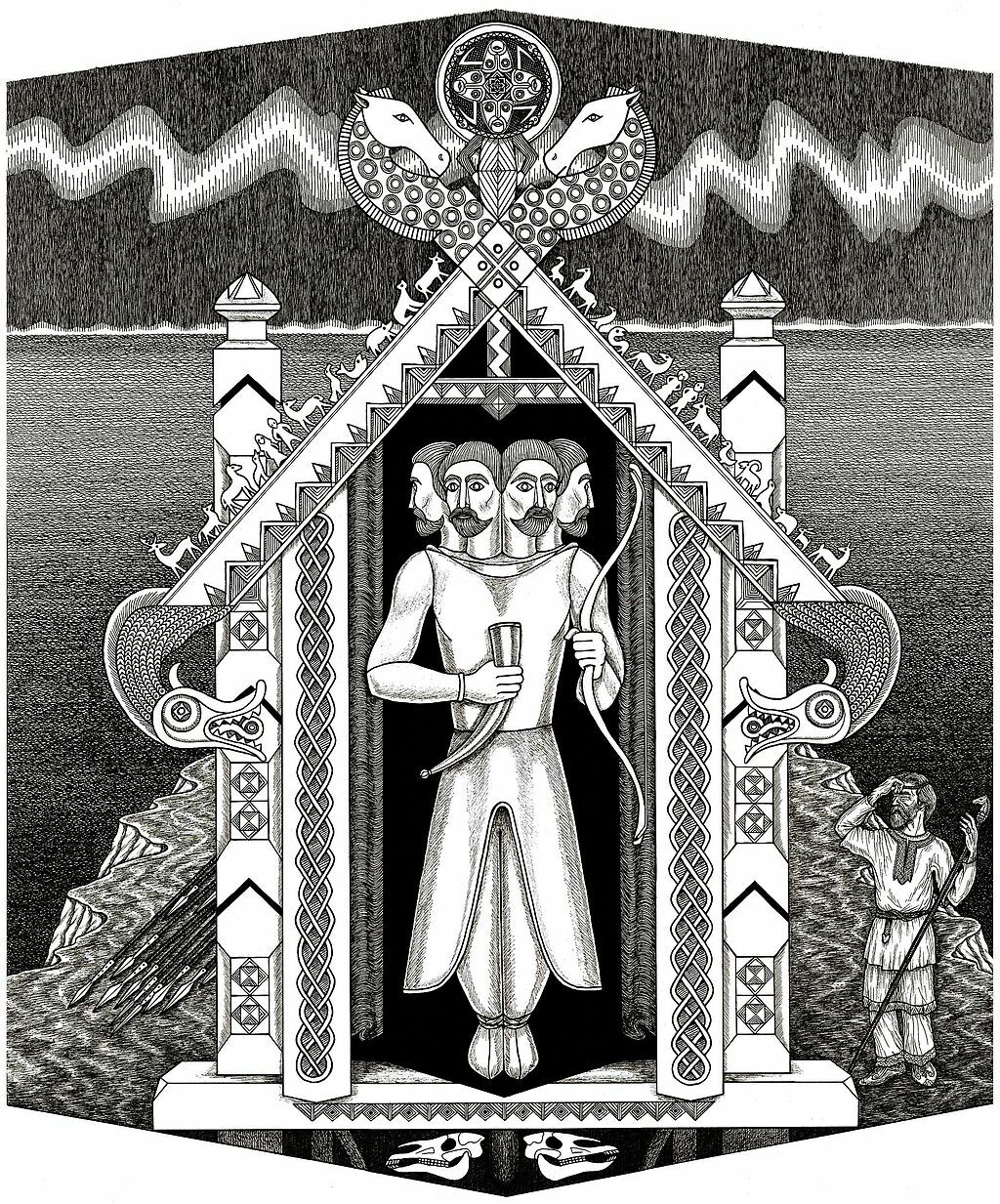
Svantovit is worshiped as the god of abundance and war. Thus, he has also been interpreted as the Polabian hypostasis of the Slavic thunder god Perun. Indeed some of Svantovit's symbols and attributes match those of Perun: both are supreme rulers of the heavens, symbolised by the eagle (Svantovit's flag depicting two eagles); both grant fertility and abundance, Svantovit's main festival even being after the harvest; and both are gods of war, symbolised by their weapons. In addition, the number 'four' is present in the imagery of both of the gods, Svantovit even having four faces. The number 'four' is strongly associated with thunder in Indo-European mythology and indeed Perun's temple in Peryn, Novgorod had four hearths in each direction, the eastern hearth being larger than the others. Also Svantovit's temple in Arkona was oriented to the east. Nonetheless, there are some differences between the deities, which is why they can not be correlated one-to-one. For example, Svantovit rides a white stallion against his enemies. Also, his emblems are besides his sword also a horn of plenty, a saddle and a bit. Even though Svantovit may very well be originally the same deity as Perun, the distinctive position of the Rani within the Circum-Baltic region enabled the independent development of Svantovit as the god of the Rani.
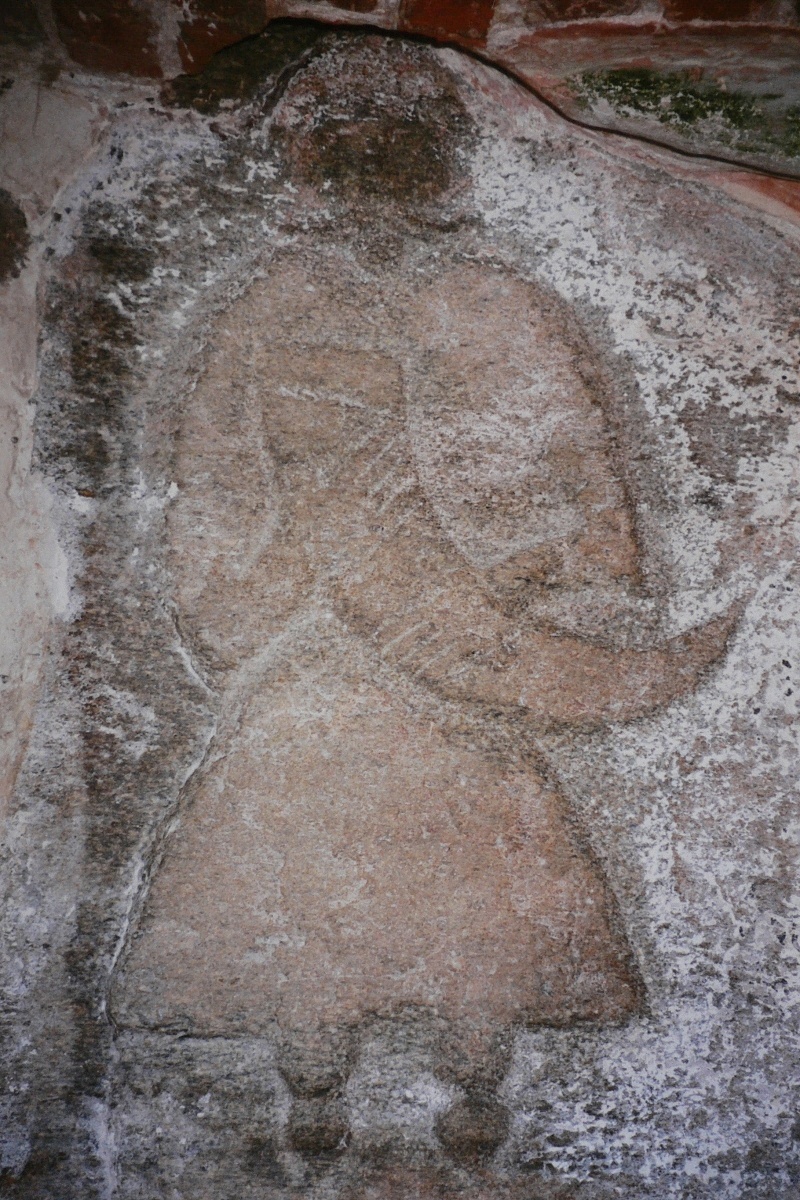
As the god of abundance, Svantovit received a coin from each of the Rani every year. In addition, Svantovit received a third of all loot. Foreign merchants were taxed in the name of Svantovit and even Sweyn III of Denmark was said to have offered a cup to the god. The feast at the end of the harvest included the cleaning of the temple an renewing of the alcohol offering in the deity's horn. The priest in charge of the feast ensured that no human breath would defile the space of the temple. The priest would also make predictions and blessings by looking at the amount of alcohol in the horn and by hiding behind a large round cake (kalach) in front of the gathered people, hoping for a larger harvest the next year if they saw him. The priests also predicted Svantovit's blessing in war with a white stallion and spears. Depending on which foot the horse crossed the spears, the war was either blessed or called off.
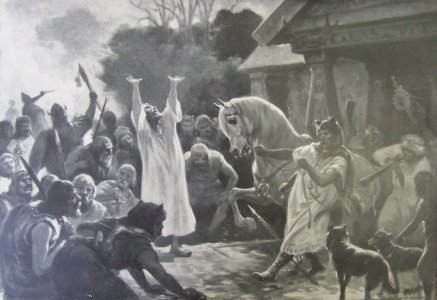
The journey to Arkona
The group of people travelling to Arkona in mid-May consisted of Finnic peoples. However, the prayer was translated from Finnish to Polish. Polish was chosen as the language of the prayer mainly because it can be accessed the best out of all modern West Slavic languages that are the closest relatives of Old Polabian. Hopefully, the next possible prayer can be conducted in Kashubian or Sorbian!
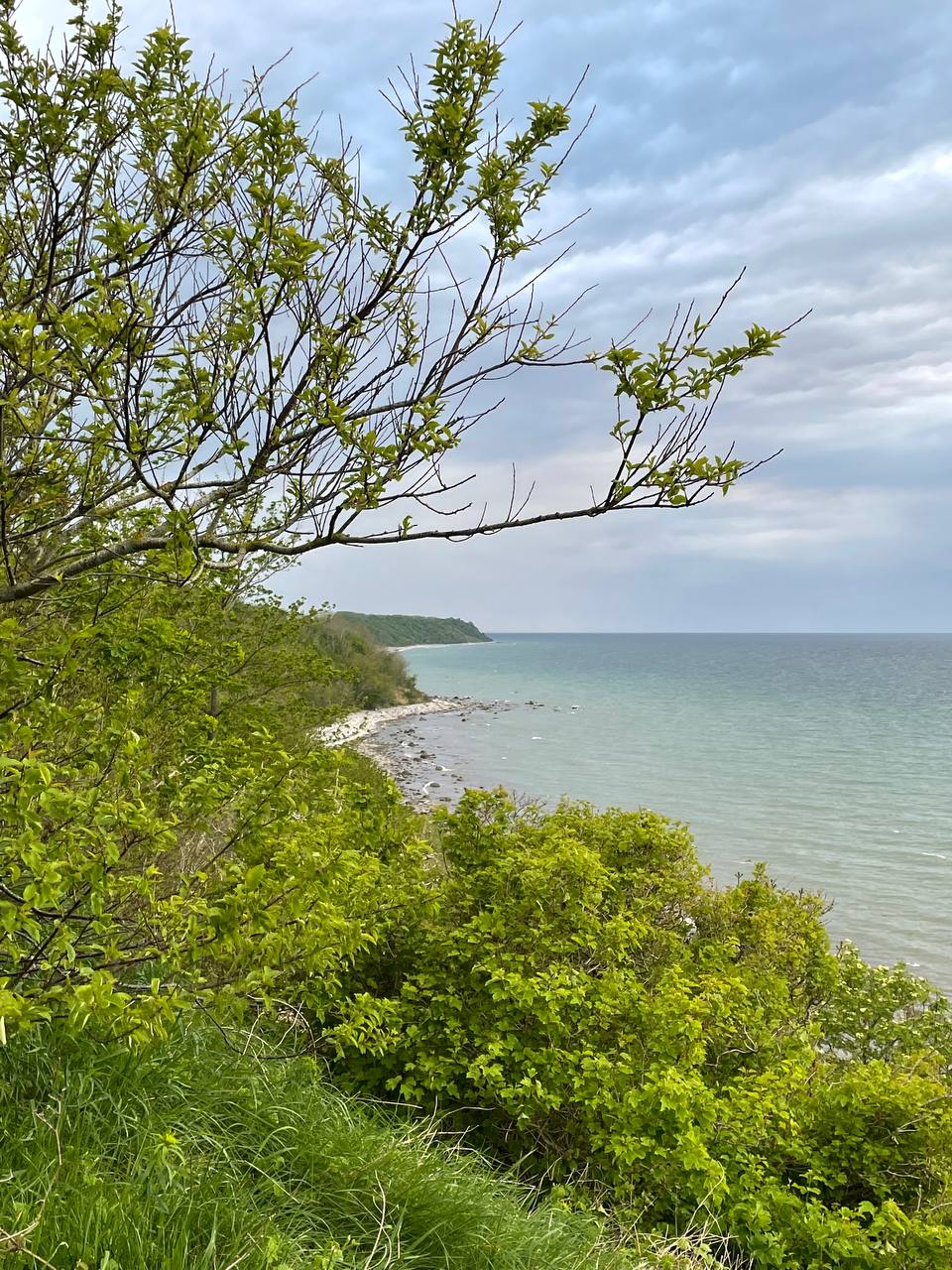
The weather forecast for the day was promising storm, which is possibly why there were so few people visiting Arkona that day. Our group also arrived in the evening and seeing as everything closes early in Germany, especially during the weekend when we travelled, the island was fairly quiet. While driving to Arkona across the island, the wind was blowing heavily from the west, but by the time we reached Arkona, the evening was still and serene.
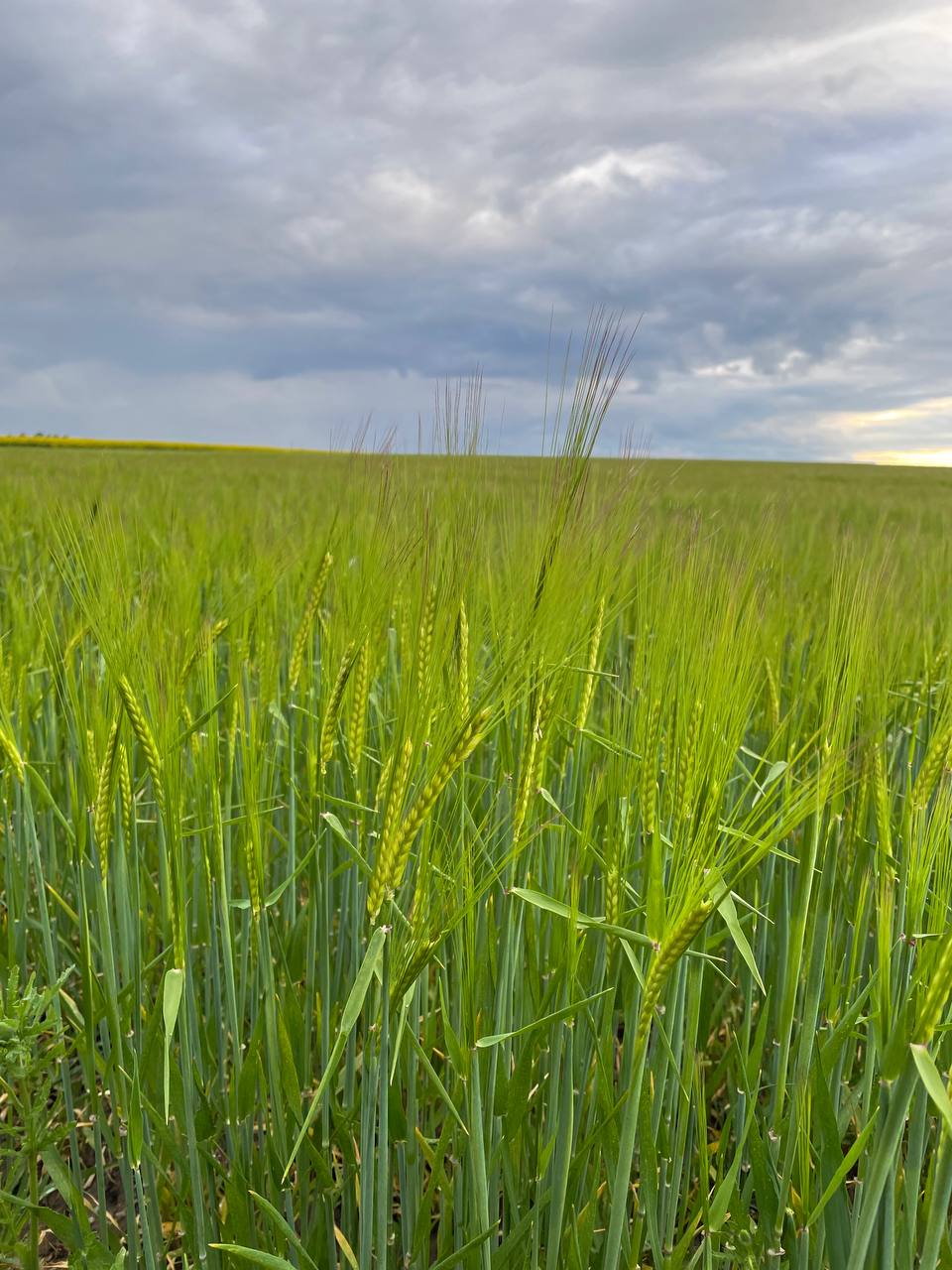
The site of the walled settlement (gord) itself has become off-limits to visitors by order of the mayor due to the coastline eroding all the time, so we couldn't reach the eastern part of the settlement. Nonetheless, a statue of Svantovit has been erected outside the walls on the west side of the walls and this was chosen to be the site of our small prayer.
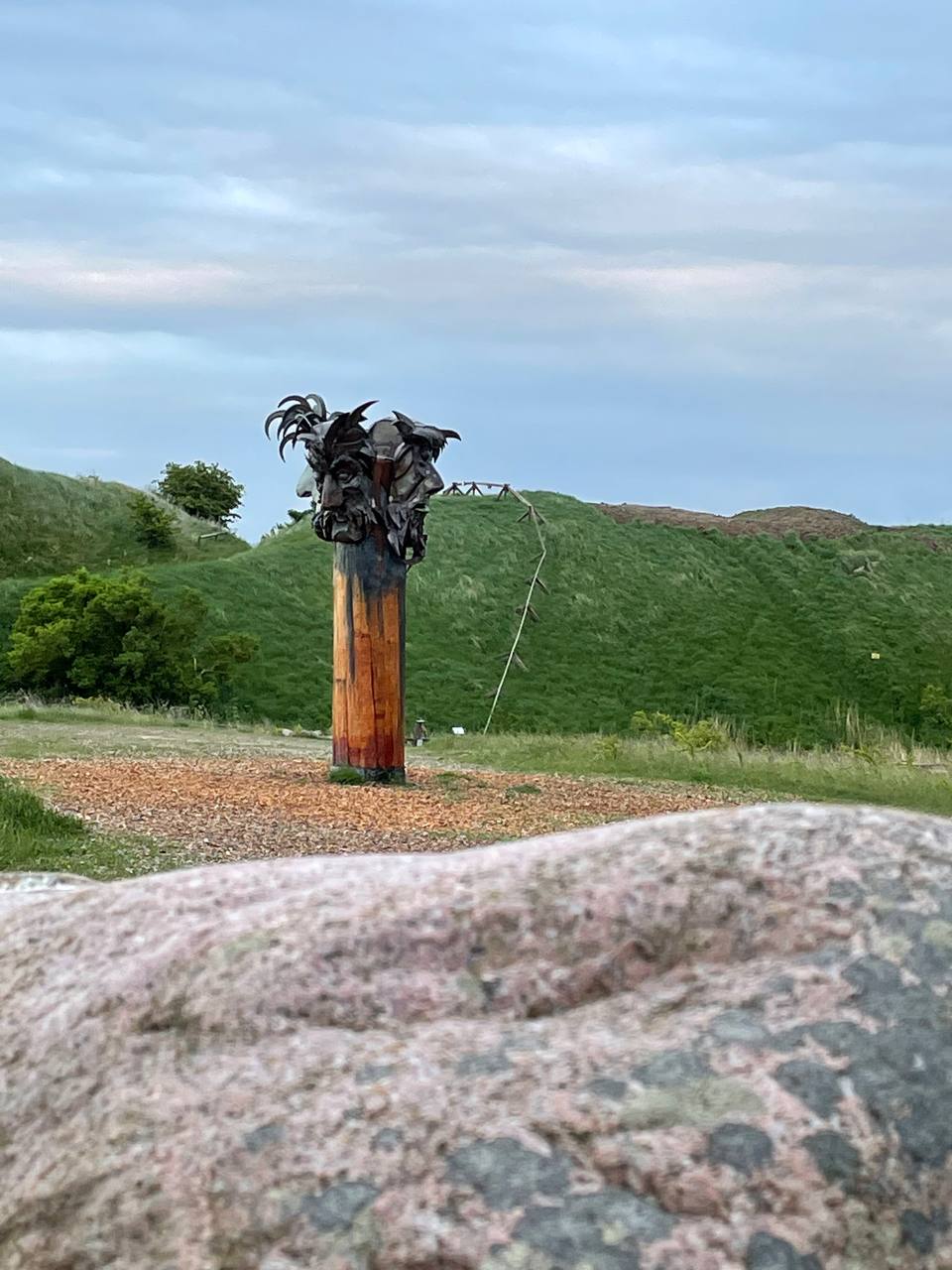
The customs followed both the Finnic way and with what the participants know of Slavic customs. Before addressing Svantovit, the local deity of the place was addressed with a small offering of tobacco. Following this, Svantovit himself was addressed facing the statue eastward. The prayer was said and after the prayer, an offering of local amber ale was given to Svantovit that was then shared among the participants of the ritual. The ritual was conducted with respect and humility to the deities of the place and we were able to conduct the ritual in an open setting without people interrupting or intervening.
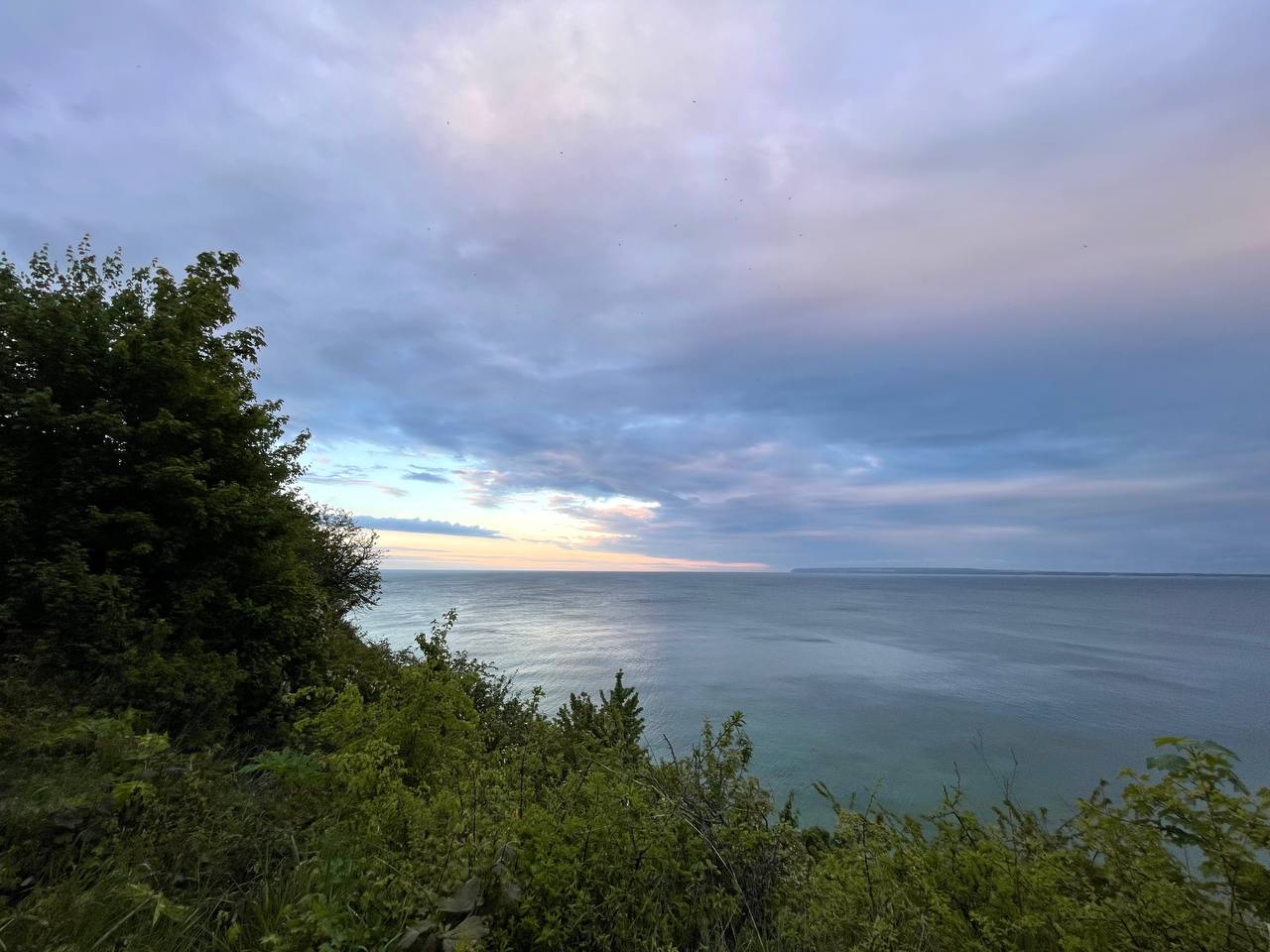
After the ritual, we walked down to the seaside to admire the cliff of Arkona from below. We then walked along the shoreline down south to the fishing village of Vitt and continued to the car park from there. It was getting dark by that time, but once we reached the car, it started to rain. It felt as if the storm was kept at bay until we left the sacred site.
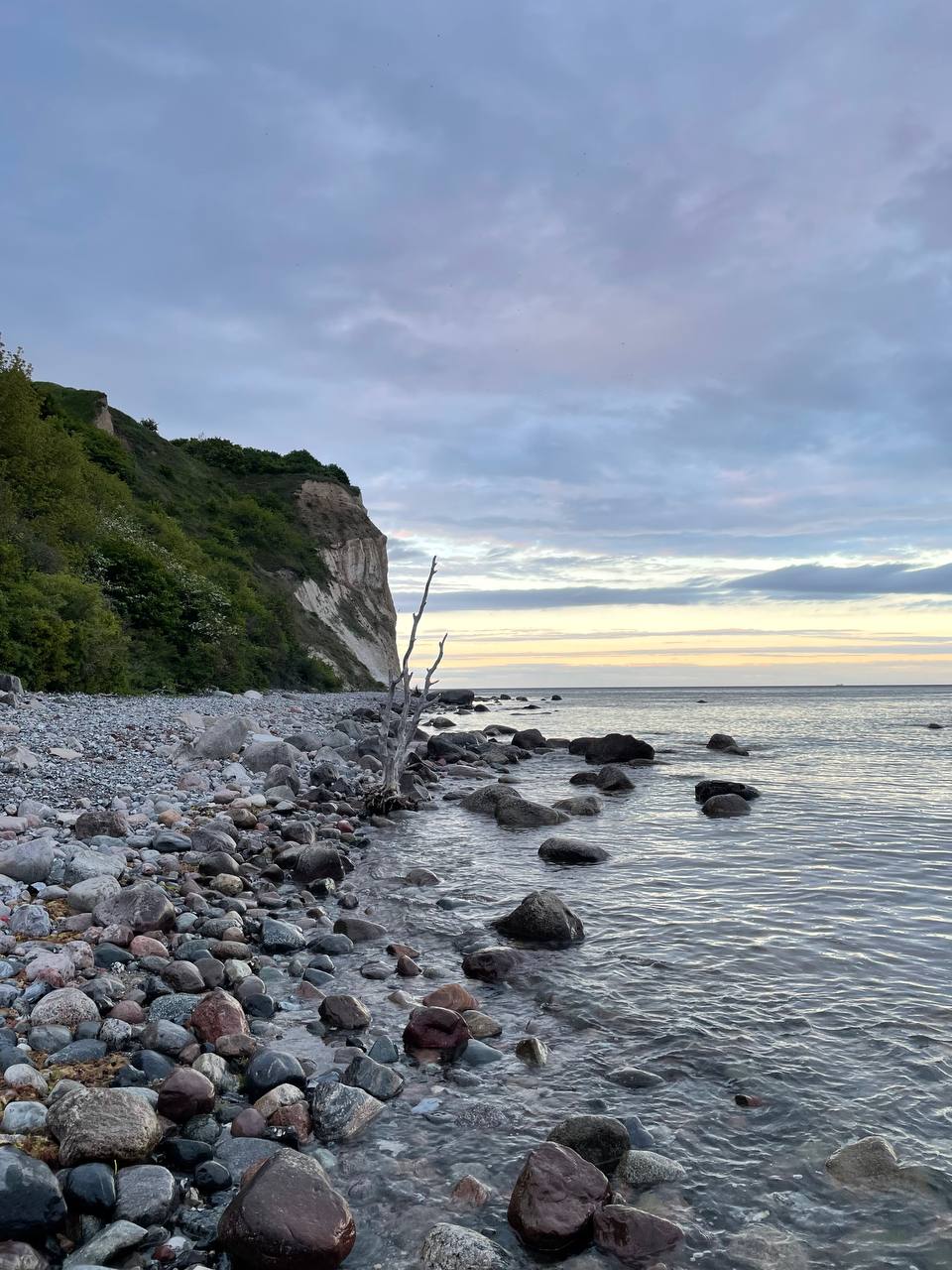
The journey to Arkona was a magical experience and the history of the region could be felt while walking the ancient coast battered by time, wind and sea. Although the temple itself has eroded to the sea, the sacred power of the cliff can still be felt to this day. No doubt this was an important site along the Amber road as it was in later Hanseatic times. It is a place worth the pilgrimage even nowadays!
